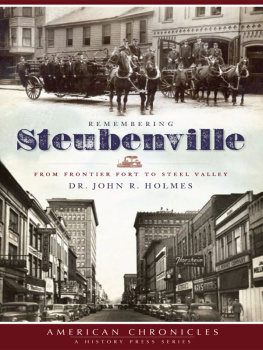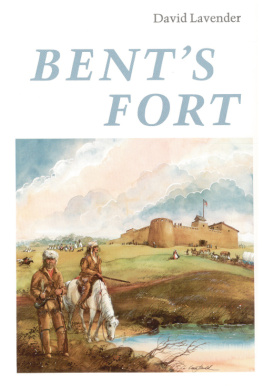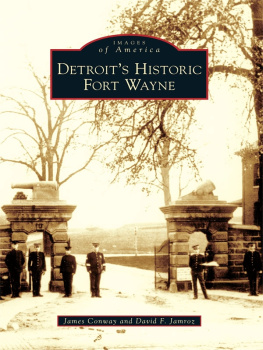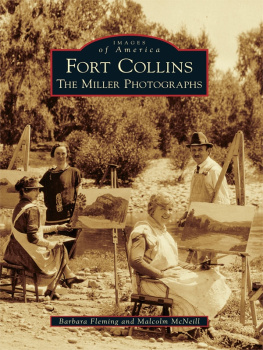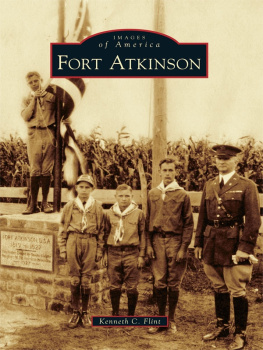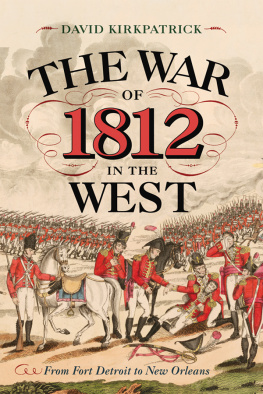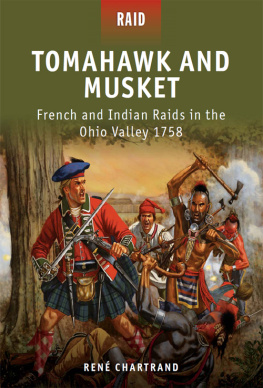FORT LAURENS
17781779
The Revolutionary War in Ohio
Thomas I. Pieper and
James B. Gidney
The Kent State University Press
KENT, OHIO & LONDON, ENGLAND
1976 by The Kent State University Press,
Kent, Ohio 44242
ALL RIGHTS RESERVED
Library of Congress Catalog Card Number 75-44712
ISBN 0-87338-184-X (cloth)
ISBN 0-87338-240-4 (pbk.)
Manufactured in the United States of America
03 02 01 00 8 7 6 5
Designed by Harold M. Stevens
Library of Congress Cataloging-in-Publication Data
Pieper, Thomas I.
Fort Laurens, 17781779
Bibliography: p.
Includes index.
1. Fort Laurens, Ohio. 2. OhioHistoryRevolution, 17751783. 3. Northwest, OldHistoryRevolution, 17751783. I. Gidney, James B., joint author. II. Title.
E263.03P53 973.334 75-44712
ISBN 0-87338-184-X
ISBN 0-87338-240-4 (pbk.)
British Library Cataloging-in-Publication data are available.
This book is dedicated to the memory of all those
British, American, French, and Indian
who participated in the struggle for the Ohio country.
CONTENTS
Any history, whatever its claim to art or veracity, is the product of many minds and many efforts. Most of the contributors, particularly in a volume that is not extensively footnoted, are destined to remain anonymous. Our bibliography expresses a part, by no means the whole, of our indebtedness to other writers. We are also deeply grateful to Professors George W. Knepper of the University of Akron and Lawrence S. Kaplan of Kent State University, who read the manuscript and offered suggestions leading to substantial improvements. The final chapter could hardly have been written without the help of Professor Richard Michael Gramly of the University of New York at Stony Brook. We acknowledge with pleasure our gratitude for the support of Co-chairmen Donald M. Hassler and Loris Troyer and their colleagues of the Kent Bicentennial Commission. Finally, we wish to thank the director and staff of the Kent State University Press for their cheerful and efficient help at every point of the undertaking.
T.I.P./J.B.G.
In the popular mind, the American War of Independence was largely confined to the seaboard colonies. Even scholarly treatments of the war sometimes fall into the error of slighting the great border wars along the colonial frontiers. Yet one has only to glance through the voluminous correspondence of the Revolutionary generation or the records of Virginia, New York, Pennsylvania and the other provinces with frontier lands to recognize the importance that contemporaries attached to events in the outposts of American settlement. American military leaders and the Continental Congress faced agonizing choices as to where their limited military resources should be applied. Just as America in World War II had to allocate scarce material to both the Atlantic and the Pacific theaters, so the revolutionary generation had to apportion its scarce resources between the settled areas of the seaboard and the exposed line of the frontier. During the war western lands were seen as the responsibility of those seaboard states that claimed them by virtue of their colonial charters. It became apparent, however, that Americas stake in the West was too promising to be left to the inadequate resources of individual states, and by 177778 the Continental Congress was assuming more responsibility for military activities in the Ohio Country.
Why this interest in distant places inhabited largely by scattered Indian tribes and villages? There were, of course, small numbers of Americans living on the fringes of the principal Indian lands. Settlers were strung out in isolated cabins or communities along the western reaches of the Appalachian Mountains in Pennsylvania and Virginia, or they were to be found huddled close to the lonely, stockaded Kentucky settlements. These scattered settlements represented the cutting edge of an inexorable American movement into Indian lands, a movement fueled in large part by hunger to seize land both for agricultural and speculative purposes. There was already evident among American pioneers that sense of Manifest Destiny (a phrase coined sometime later) which sanctified their acquisitiveness under the cloak of a self-righteous crusade to make a garden in the wilderness and to bring to the vast stretches of the continent the blessings of liberty and republican government.
But the immediate concern with the West, certainly after 1777, stemmed from the fact that most of the western Indians were allied, to a greater or lesser degree, with the British, and they were being used by the British to frustrate the ambitions of American colonials. Thus the Indian was the enemy not only in the sense that he occupied lands coveted by other Americans, but, as a British ally, he was also the enemy within the conventional meaning of the term during warfare. American commissioners dealing with the Indians after the war certainly assumed that the Indian allies of the British had been defeated and must suffer terms imposed by the victors.
Some Indians on the Ohio frontier were sympathetic to the American cause. Unwilling or unable to ally themselves openly with the Americans, they maintained a tenuous neutrality. Principal among them were the Christian Delawares of the Tuscarawas-Muskingum valley. It was in the vicinity of these people that the American military expedition under General Lachlan McIntosh established Fort Laurens in 1778. The fort was not intended to support and protect the Christian Delawares from unwelcome pressures brought upon them by the British Indians so much as it was to be a stepping stone on the way to Detroit, the chief bastion of British power in the West, and to the British Indian towns on the Sandusky.
It is the story of this outpost of American ambition in the West that is told in the following pages. As with so much frontier lore, the account is full of both heroism and foolishness, but most of all of opportunities lost. The forts mere existence represents the aggressive determination of Americans to extend their presence into lands formerly denied them. It confirmed the fear of most Ohio Indians that there was no stopping the violation of their lands at the Ohio River. Within less than a decade after Fort Laurens was built and abandoned, the American presence would be in Ohio to stay.
George W. Knepper
University of Akron
In the summer of 1778 the American colonies were gradually gaining the upper hand in their struggle for independence from Great Britain. In October of the previous year British hopes for subduing the rebellion had been dealt a shattering blow when General John Burgoyne had surrendered his entire army to the Americans at Saratoga. Burgoynes defeat inspired the French government, which had previously restricted its intervention to supplying arms to the Americans, to assume the role of belligerent and enter an alliance with the colonies. From this point on the triumph of the American cause appears, at least in retrospect, all but certain. It was possible, of course, that in shedding dependence on Great Britain the Americans might merely fall under the domination of France, but that problem would not have to be faced until victory was achieved.


